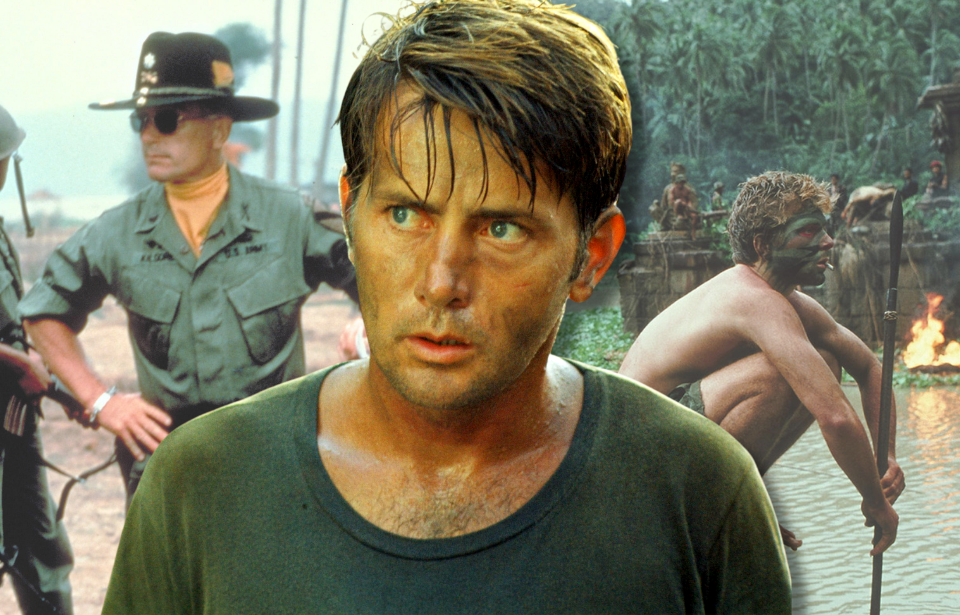When it was released in 1979, Apocalypse Now was unlike any war movie the public had ever seen, forever changing the genre. The film, written by John Milius and directed by Francis Ford Coppola, is as much a psychological epic as it is a war movie, and what happened behind the scenes is almost as interesting as what occurs on-screen.
Here are seven interesting and little-known facts about the film.
Apocalypse Now is partly based on Heart of Darkness
Apocalypse Now is inspired, in part, by Joseph Conrad’s 1899 novel, Heart of Darkness. In the book, sailor Charles Marlowe tracks down a renowned Ivory trader by the name of Mr. Kurtz. The story is considered one of the most influential pieces of literature ever written, and John Milius began working on a film adaption of it in the late 1960s.
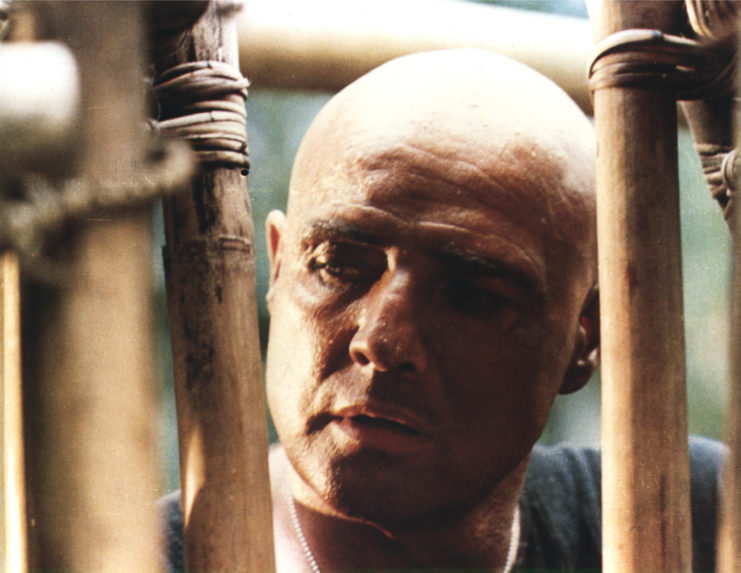
The story of Apocalypse Now is similar. Set during the Vietnam War, the film sees Capt. Benjamin Willard, played by Martin Sheen, hunt for Col. William Kurtz, a US Army Special Forces officer, portrayed by Marlon Brando. Kurtz went rogue and is accused of murder, and Willard has been tasked with assassinating him.
Francis Ford Coppola threatened suicide while filming – three times
Francis Ford Coppola was greatly invested in Apocalypse Now – so much so that he invested $30 million of his own money to ensure it turned out how he envisioned. He signed over a large portion of his fortune and assets to Chase Bank, and even took out a second mortgage on his home and Napa Valley vineyard. He risked financial ruin if the film didn’t succeed at the box office.
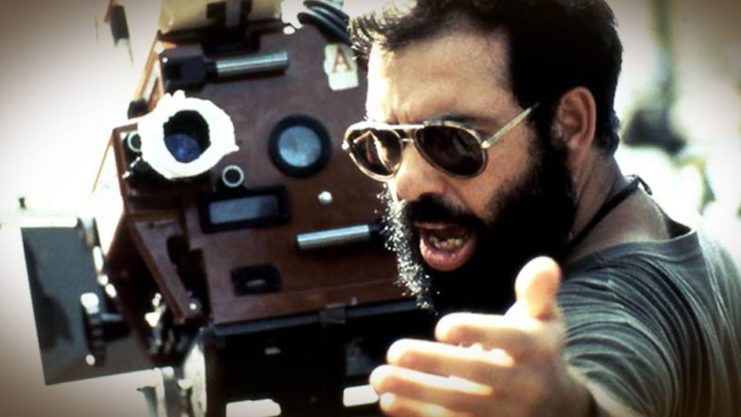
Understandably, this, along with the fact the movie’s production went both over budget and schedule, resulted in a fairly stressful filming process. According to Mental Floss, not only did Coppola experience a mental breakdown, he suffered an epileptic seizure and threatened suicide at least three times.
Laurence Fishburne lied about his age to get the role of Tyrone Miller
Laurence Fishburne’s career goes back decades, but did you know that one of the Emmy and Tony Award-winning actor’s earliest roles was as Gunner’s Mate 3rd Class Tyrone “Mr. Clean” Miller in Apocalypse Now? What’s more, he lied about his age to get the role!
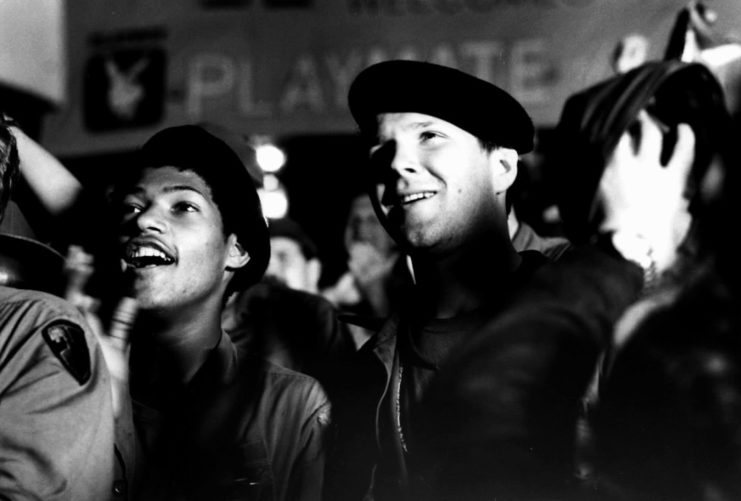
Fishburne was just 14 years old when production began in March 1976, three years younger than the 17-year-old character he was cast to play. As the movie took so long to film, he wound up aging three years by the time it was complete, and he went on to star in such career-defining films as 1991’s Boyz n the Hood and 1999’s The Matrix.
Martin Sheen wasn’t originally in Apocalypse Now
Martin Sheen has had a long and distinguished career, and playing Capt. Benjamin L. Willard is one of his most prominent roles. However, it almost didn’t happen. Prior to casting Sheen in the role, Francis Ford Coppola had looked into such leading actors as Steve McQueen and Al Pacino. However, very few actors wanted to film in the Philippines. What’s more, while Coppola wound up liking Sheen, the actor had accepted a part in another film.
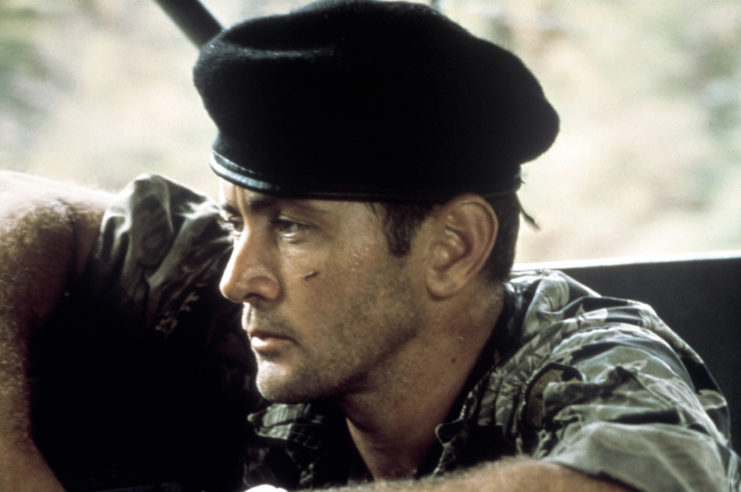
Given these limitations, Coppola cast Harvey Keitel to play Willard. However, the movie wasn’t coming out the way filmmakers imagined, with Coppola stating he “found it difficult to play him as a passive onlooker.” This caused production to run longer than anticipated, which, in a weird twist of fate, allowed Coppola to eventually bring Sheen into the fold.
The helicopters used in the film belonged to the Philippines
While Apocalypse Now might be centered around members of the US military, the helicopters used in the movie were actually rented from the Philippines! The US government refused to get involved in the film’s production and, as such, Coppola made an arrangement with Philippine President Ferdinand Marcos to have the country’s military lend him the gunships.
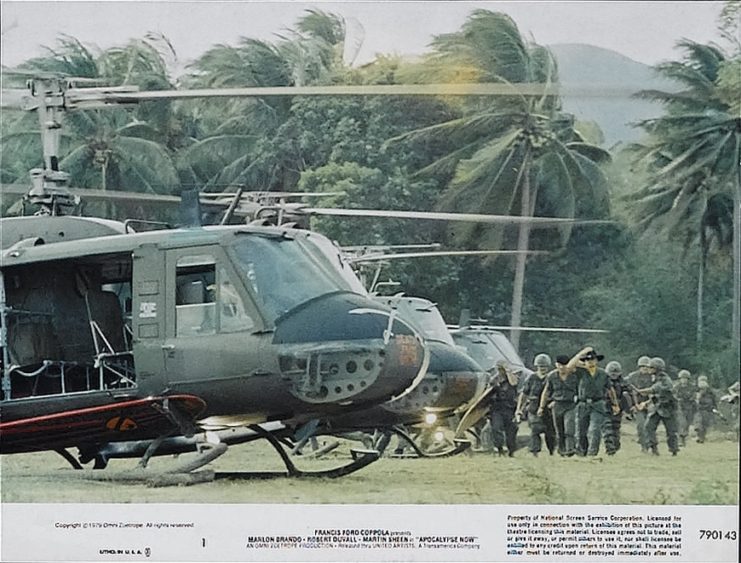
At the time, the Philippines was fighting a war against rebel forces, meaning that, when not being used in the film, the helicopters were taken back by the country’s military to engage in real combat. This meant they had to be re-painted with the US’ colors every time they were recalled.
Martin Sheen had a heart attack during filming
Martin Sheen’s performance in Apocalypse Now is easily one of his most iconic, but the film’s production took a toll on his health and mental well-being.
One of the movie’s most iconic scenes, when Capt. Benjamin L Willard is having a mental breakdown in his room and punches his mirror, actually resulted in Sheen injuring his hand. Instead of ending the scene to receive medical attention, Sheen begged Coppola to continue filming, meaning the blood covering his hand and face are real!
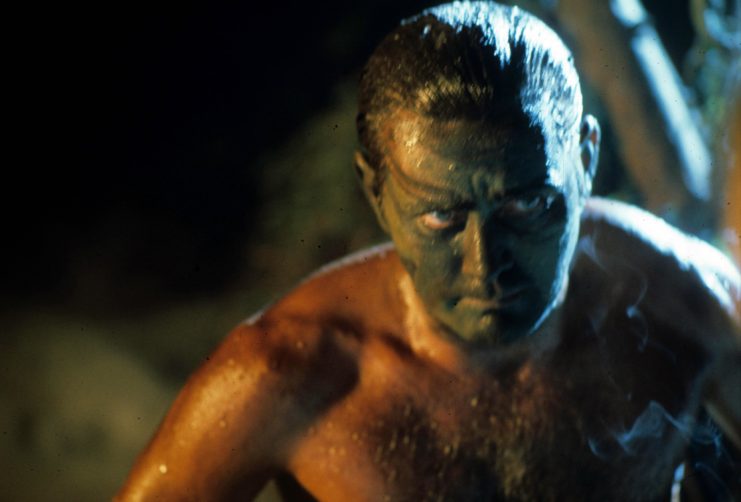
Sheen, who was only 36 at the time, also had a heart attack while filming the movie. He had to take time off to recover, but instead of losing any more time, Coppola brought in the actor’s brother, Joe Estevez, to act as a stand in for Sheen in some of the scenes. Despite filling in, Estevez was not credited for his work.
An important music choice in Apocalypse Now was initially a joke
The film began with the ominous “This is the End” by The Doors playing in the background. It was initially meant to be a joke, with Coppola later going on to say, “I looked at another bin of trim and one said ‘The End,’ The Doors music. I said, ‘Oh, wouldn’t it be funny if we started the movie with ‘This is the end’ at the beginning?'”
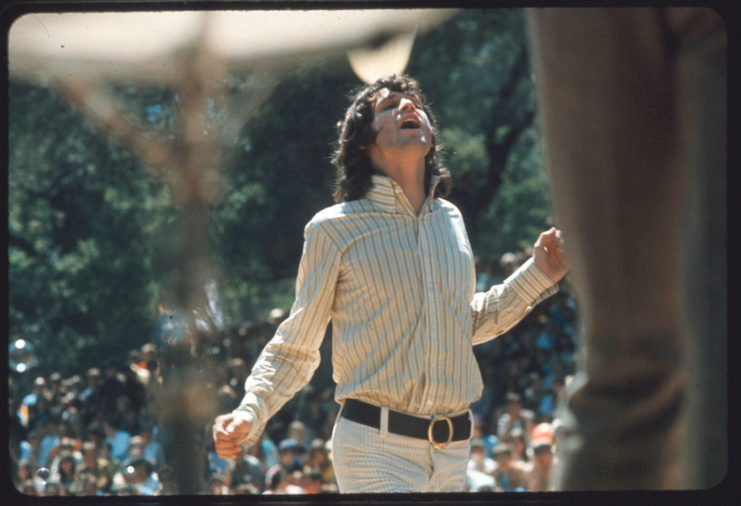
More from us: Leading the Way: The Greatest Military Leaders in Historical War Movies
Want War History Online‘s content sent directly to your inbox? Sign up for our newsletter here!
As fans of Apocalypse Now can attest, the idea, which began as a joke, became an important choice.
